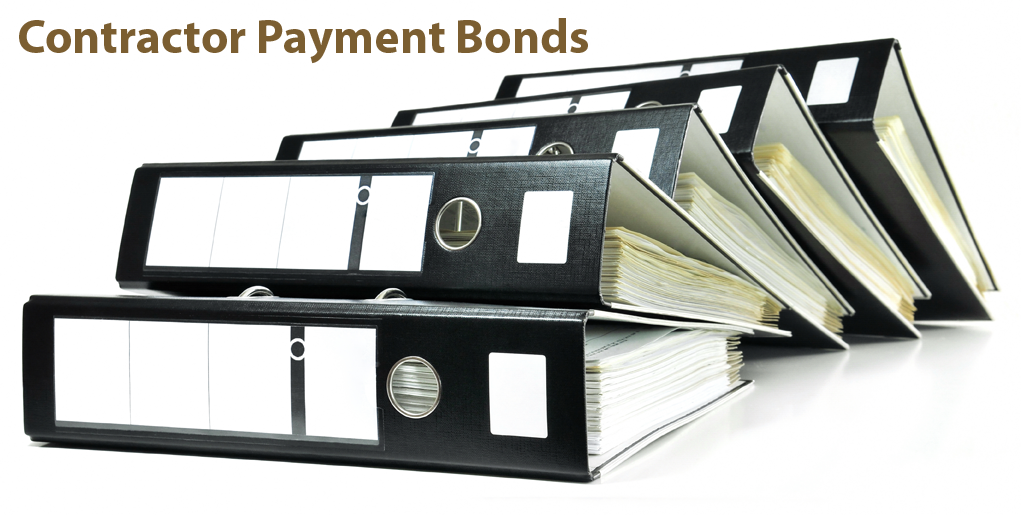 Payment Bond for Construction Trades
Payment Bond for Construction Trades
Payment bonds are similar to performance bonds. A payment bond is a surety bond that is provided to the project owner to guarantee that his subcontractors and material suppliers on a project are paid in full for their services. A payment bond is required for all federal contracts with a value of over $30,000. They are sometimes required to be provided in conjunction with a performance bond and must be issued at 100% of the contract value.
It is rare to write a payment bond to stand alone and they are usually associates to a performance bond. The cost of a payment bond varies but you can generally consider the cost to be around 50% of the cost of a performance bond. A payment bond benefits the project owner and the tradesman and material suppliers because the bond is designed to greatly reduce the need for a tradesman or material supplier from the necessity of filing a mechanics lien on work that remains unpaid.
While the American Institute of Architects (AIA) has issued the AIA 312 -2010 Performance and Payment Bond version of the payment bond form, many Sureties continue to use the 1984 version. A lot of the language in the more recent form edition works on the notification period and the time to answer a claimant’s claim under the bond.
Like performance bond underwriting, a payment bond is underwriter based upon the payment ability and record of the contractor applicant. There is little or no “high risk” market for payment bonds so actual experience and successful performance is important distinctions that underwriters consider in addition to the strength of the balance sheet and financial statements of the principal owners. Personal guarantees of construction firm owners are not uncommon and should be expected.
In the early 1900’s a payment bond was freely written and little underwriting was done to qualify the Principal. As a result the underwriters suffered considerable losses when contractor’s defaulted on the payments and went out of business leaving the bond underwriter to pay claims to contractors and material providers. Underwriting standards are much more stringent these days.














